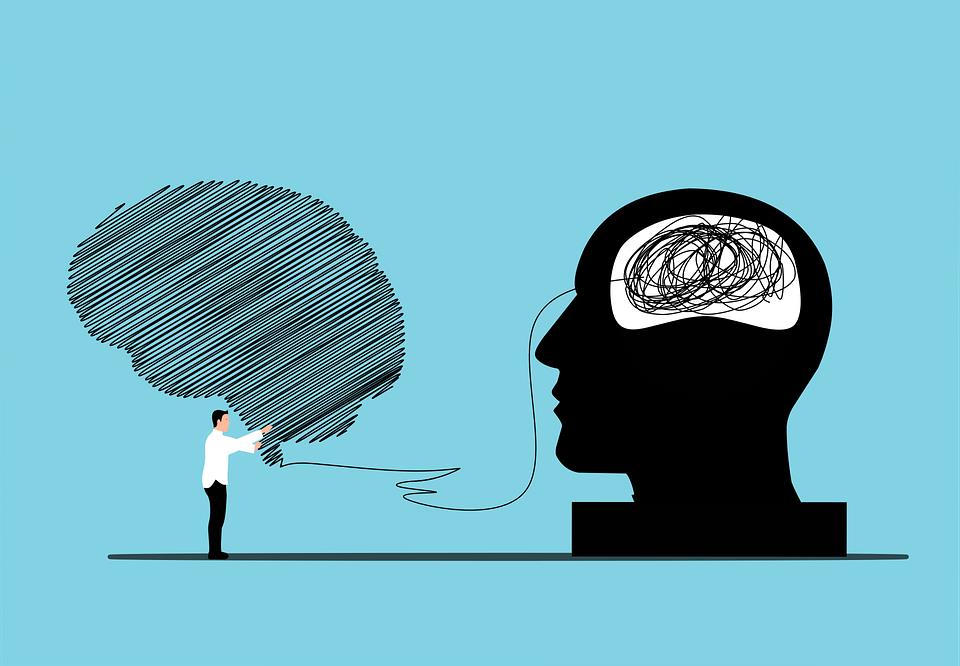
All You Need to Know About Stroop Test
Psychologist John Ridley Stroop designed the Stroop Color and Word Test (SCWT) in the 1930s as a neuropsychological assessment tool. It widely evaluates one’s capacity to inhibit cognitive interference. The Stroop effect occurs when processing a particular stimulus feature impedes the simultaneous processing of a second stimulus feature. The test evaluates factors such as attention and focus, reaction time, processing speed, cognitive flexibility, and inhibitory control. Studies using the Stroop test have shown that individuals at risk of Alzheimer’s disease take longer to complete the test, make more errors, and exhibit greater inhibitory control difficulties (Cañas et al., 2020). Based on research findings, the Stroop test emerges as an accessible, convenient, and cost-effective tool for predicting Alzheimer’s disease risk..

The Original Stroop Experiments
Stroop employed three stimuli: color names presented in black ink, color names printed in a different ink color than the word itself (e.g., “RED” printed in green), and individual-colored squares. The experiment unfolded in two parts. During the initial phase, participants were instructed to read the color names presented in black ink. Subsequently, they were instructed to read the displayed words, irrespective of the ink color.
The second part of the experiment introduced a more demanding task. Participants had to identify the ink color instead of reading the written word. For instance, if the word “red” appeared in green ink, participants needed to name the ink color (green) as opposed to reading “red.” Additionally, during this segment, participants were also asked to identify the color of the presented squares. In the second part of Stroop’s experiment, where participants had to name the ink color of words that conflicted with the written word (e.g., “RED” in green ink), things got interesting. Compared to simply reading color names or identifying the color of squares, participants took noticeably longer to identify the ink color in this conflicting scenario. This delay, Stroop argued, resulted from interference caused by the mismatch between the word and its ink color. It appears that our brains encounter some confusion when the information we’re supposed to concentrate on (ink color) conflicts with the information we automatically process (reading the word).
The Stroop effect holds significant implications for understanding human information processing and our capacity to override intuitive, rapid thinking. A study published in the Psychological Review aptly highlights this: “The effects observed in the Stroop task provide a clear illustration of people’s capacity for selective attention and the ability of some stimuli to escape attentional control.”

Stroop Effect and Aging
The Stroop test reveals an increased susceptibility to age-related cognitive decline. Older adults show slower response times in the Stroop test. Alzheimer’s and MCI individuals perform poorly. fMRI shows specific brain activity changes. (Arakaki et al., 2022). While reaction time alone in the Stroop test may not detect aging-related changes, incongruent errors may be particularly useful, especially for diagnosing Alzheimer’s. (Luedke, 2022). On the other hand, Alzheimer’s impairs inhibitory control and resistance to interference, crucial executive functions. Some researchers suggest those at risk of Alzheimer’s struggle more with response inhibition.

Final Words
Older adults, particularly those at risk of Alzheimer’s, show slower reaction times and reduced executive function in the Stroop test. Stroop scores, alongside other tests, predict cognitive disorders like Alzheimer’s.
Author: Nasibeh Sarami
Living Maples’ Cognitive Assessment Advisor
Geriatric Psychologist